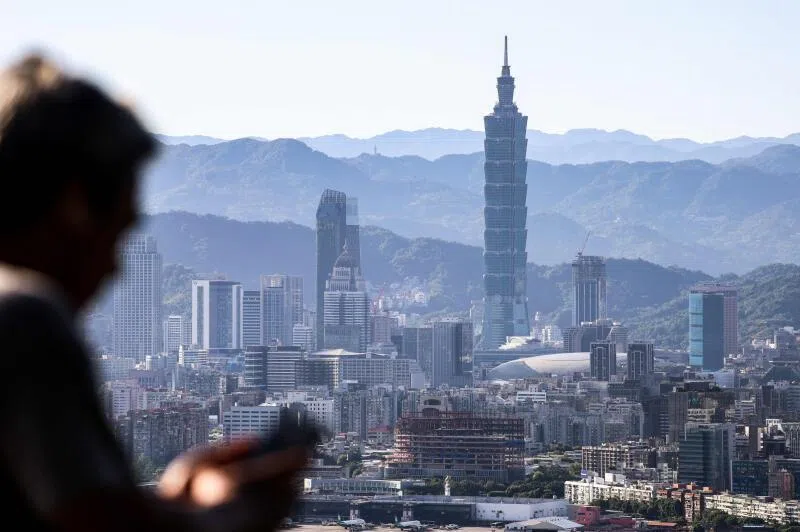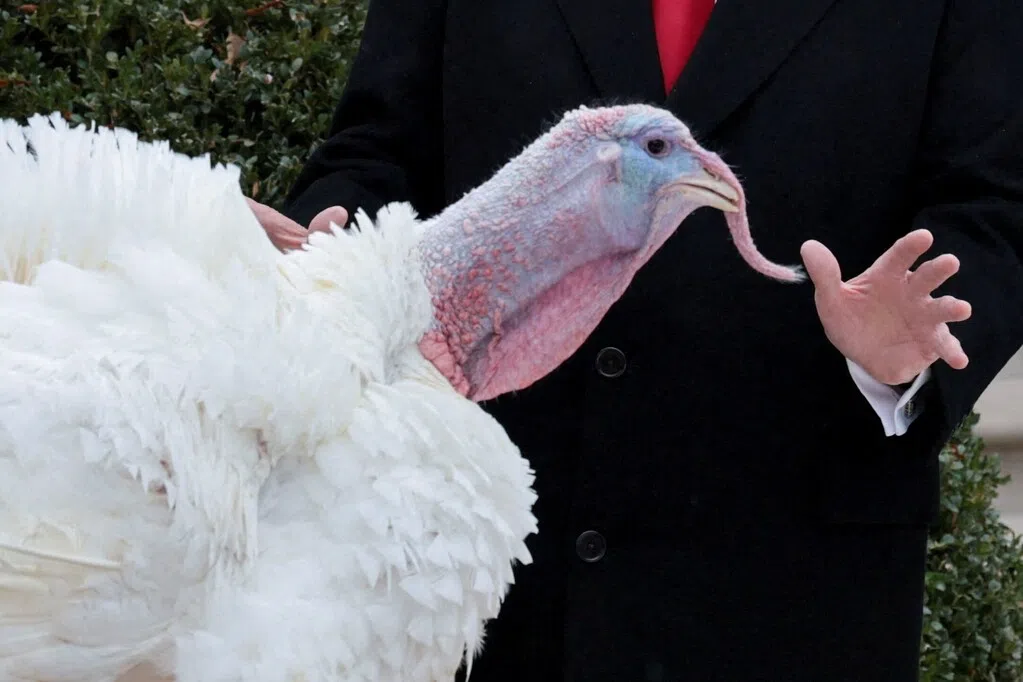Following the resignation of the Shigeru Ishiba administration, LDP President Sanae Takaichi was elected Japan's 104th Prime Minister, securing a majority of 237 votes in the House of Representatives and 125 in the House of Councillors, becoming the first female Prime Minister in Japan's constitutional history.
Tuesday (October 21st) was a significant day in the political career of 64-year-old Sanae Takaichi. She has said that her greatest admiration is Britain's Iron Lady, Margaret Thatcher. On the day Takaichi fulfilled her dream of becoming Japan's Iron Lady, she wore a blue suit, just as Thatcher had worn on the day she became British Prime Minister.
After being elected Prime Minister, Takaichi immediately began forming a cabinet. Following an inauguration ceremony at the Imperial Palace, the new government officially launched that evening. The LDP also formed a coalition government with its new political partner, the Japan Restoration Party, that same day.
At a press conference after taking office, Takaichi emphasized: "I will build a strong Japanese economy and safeguard Japan's national interests through diplomacy and security."
An NHK poll showed that 27% of Japanese citizens who supported Takaichi's appointment cited her as a woman and the potential to become Japan's first female prime minister.
Further reading

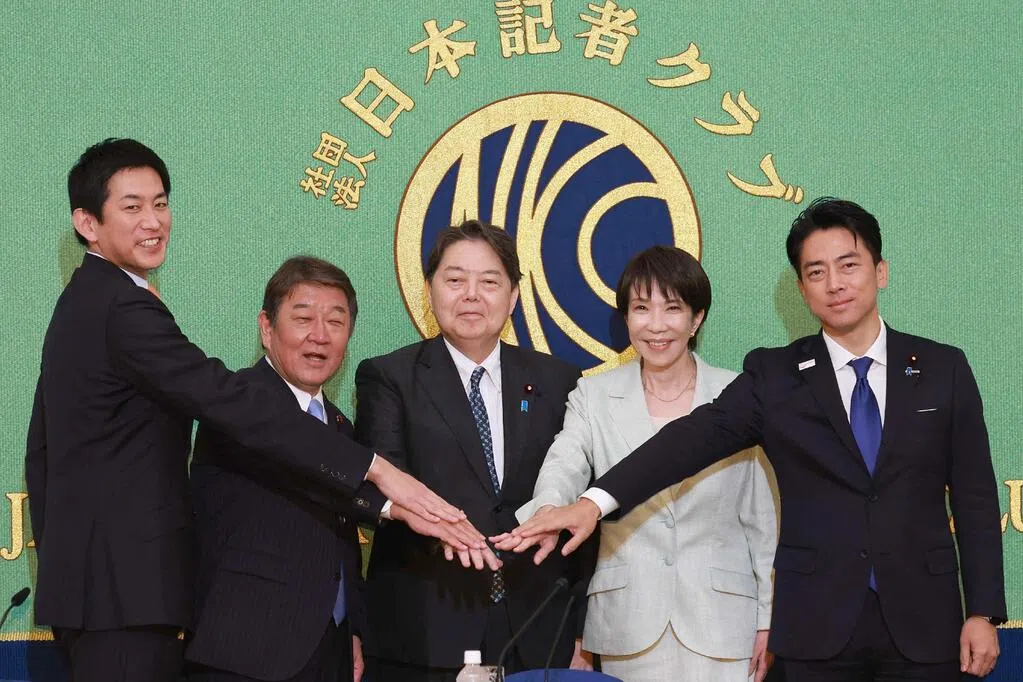
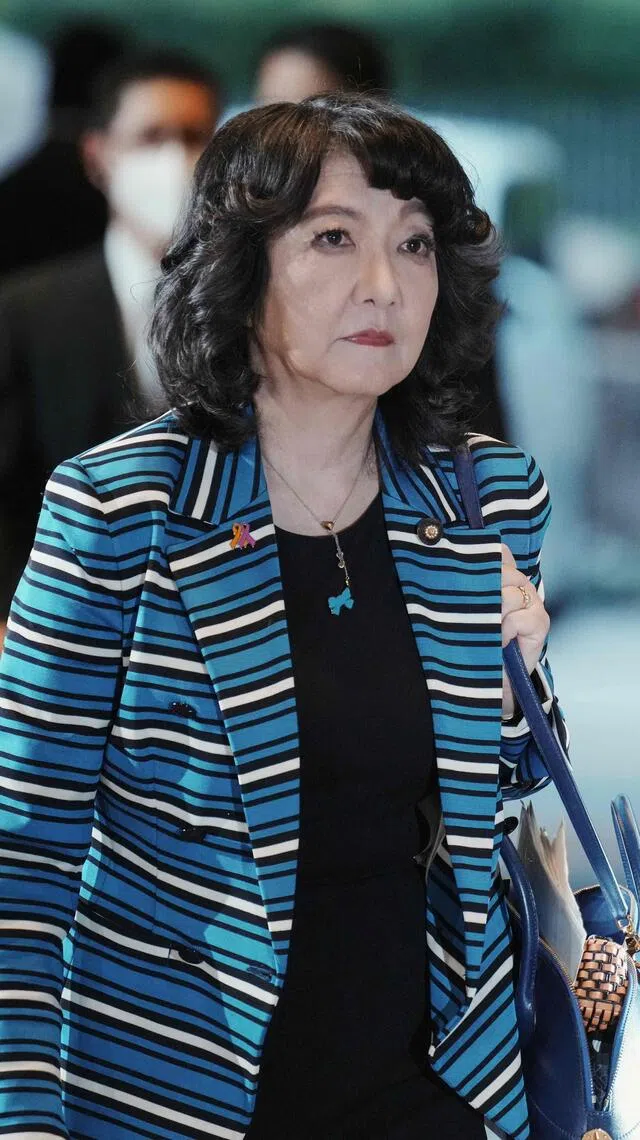
Takashi's cabinet has two female ministers. While not a significant increase in number, it is the first time a woman has held the position of Finance Minister in Japan. Katayama Satsuki (66), a former Minister of Regional Revitalization and a close ally of Takashi, holds this position. A graduate of the University of Tokyo's Faculty of Law, Katayama joined the Ministry of Finance, making her a rare female minister who has risen to a top position in finance.
In addition to Katayama, the other female minister is Onoda Kimi (42), Minister of Economic Security, who joins the cabinet for the first time. She will also be responsible for addressing issues concerning foreign tourists and immigration.
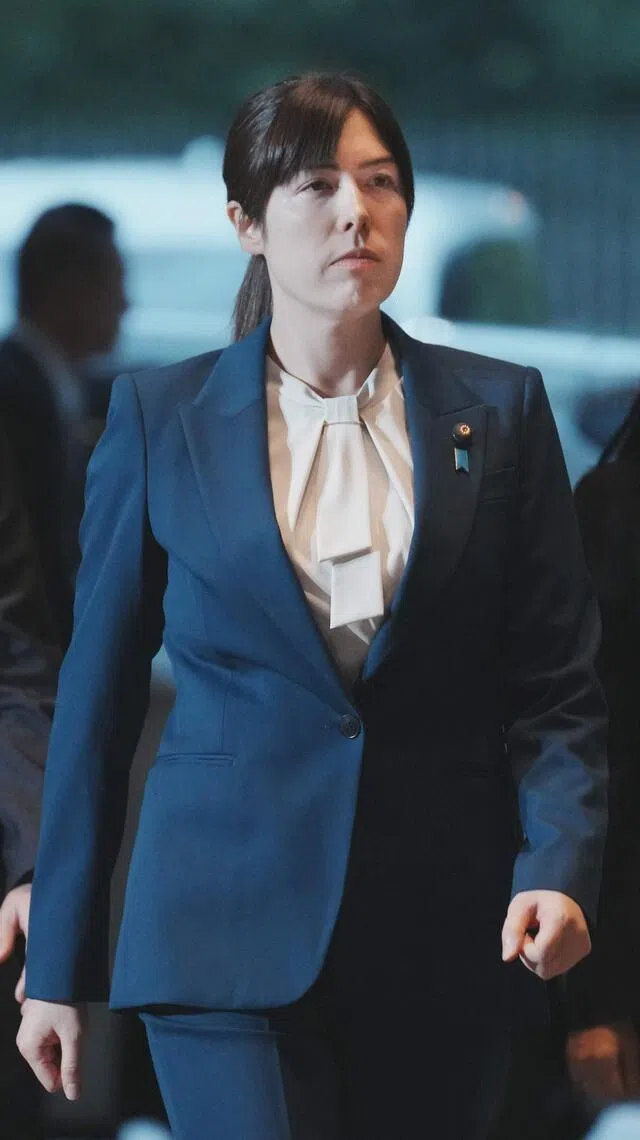
After being elected Prime Minister, Takaichi promised the Japanese public that he would focus on economic policy during the extraordinary session of the Diet. After being appointed Finance Minister, Katayama said Takaichi had instructed her to design a tax credit and welfare system to help low- and middle-income earners struggling to pay social insurance premiums.
The Nikkei Shimbun noted that Takaichi's immediate challenge is preparing a supplementary budget for fiscal 2025 to address the livelihood impacts of rising prices. Both the Liberal Democratic Party and the Restoration Party have decided to cancel the 20,000 yen subsidy to every Japanese citizen that the Ishiba administration promised before the House of Councillors election. The two parties have also proposed reducing the food consumption tax to zero within two years. They will also agree with the opposition to abolish the gasoline tax.
Members of the ruling coalition's Restoration Party are not in the cabinet, relying on support from outside the cabinet. It is generally believed that Takaichi will inherit Abe's economic policies, advocating for proactive fiscal policy and continued loose monetary policy. The Nikkei Shimbun quoted economic commentator Takahide Kinouchi as saying that the Restoration Party's emphasis on fiscal consolidation is likely to weaken Takaichi's influence on the fiscal front.
Former Defense Minister Minoru Kihara will take on the second-in-command position in the Takashio City government, the Cabinet Secretary-General position. Takashio also appointed Toshimitsu Motegi (70) as Foreign Minister, reportedly because Motegi served as Foreign Minister during Trump's first administration. Furthermore, she retained Ryomasa Akasawa (64), who oversaw Japan-US tariff negotiations in the Ishiba Shigeru cabinet, as Minister of Economy, Trade and Industry. Reports indicate that this demonstrates her commitment to relations with the US.
In the presidential election, former Agriculture, Forestry and Fisheries Minister Shinjiro Koizumi (44), who had previously faced her, was appointed Defense Minister, and former Cabinet Secretary Yoshimasa Hayashi (64) was appointed Minister of Internal Affairs and Communications.
Takashio, a vocal advocate of military expansion, is reportedly seeking to collaborate with like-minded opposition parties to promote the revision of Japan's pacifist constitution.
At a press conference, when asked about the LDP's need for opposition cooperation in both the House of Councillors and the Senate, Takaichi responded, "I am happy to cooperate with parties that share similar fundamental principles, especially on the LDP's constitutional reform, foreign policy, and security policy."
She also noted that Japan faces an extremely difficult period in both foreign and security matters, and emphasized the need to firmly reaffirm its commitment to strengthening the Japan-US alliance, while also emphasizing the need for Japan to deepen cooperation with like-minded countries.
Takaichi is a frequent visitor to the Yasukuni Shrine, which honors Class A war criminals, and this is considered a factor that has led to friction with neighboring countries more than any previous administration. However, reports indicate that Takaichi did not visit the shrine during the regular festival from October 17 to 19 because she exercised restraint due to US President Trump's visit to Japan on October 27 and the upcoming Asia-Pacific Economic Cooperation (APEC) summit.
South Korean President Lee Jae-myung sent a congratulatory message to Takaichi, expressing his hope for constructive dialogue with her during the APEC summit in South Korea. He also mentioned that amidst continued high uncertainty in the international situation, the South Korea-Japan relationship is more important than ever, and he looks forward to working with the new Japanese Prime Minister to further strengthen forward-looking and mutually beneficial cooperation between the two countries.


